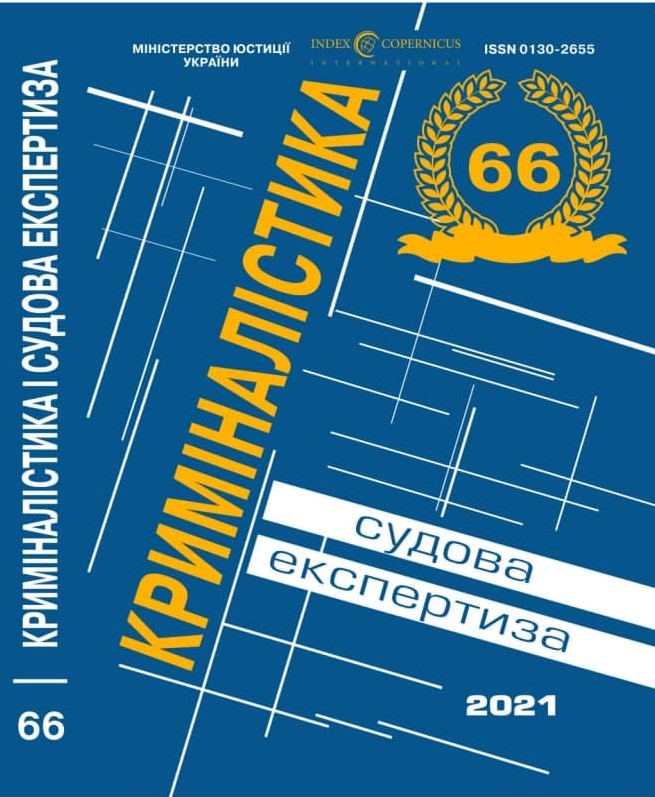
DOI: https://doi.org/10.33994/kndise.2021.66.51
A. Ovannisian
The need to write this article is due to the linguistic situation, that has developed, in particular, in Ukraine, when, as a result of the activation of migration processes, the object of forensic research is increasingly becoming speech with foreign language elements. Based on this, an acute problem arises of developing methodological approaches to the forensic study of speech material with signs of interlingual interference, its distinction from common speech using foreign language elements (pidgin in Ukrainian realities), and, if necessary, the appearance of signs of imitation of speech in a non-native language.
The article deals with the universal basic criteria for establishing signs of interlingual interference: consistency, complexity, predictability, stability of their manifestation, which makes it possible to distinguish them from signs of speech in the native language, and, no less important, from signs of pidgin or imitation, which do not have the above properties.
The possibilities of obtaining useful information in the process of studying speech with signs of interlingual interference are also analyzed, which concerns, in particular:
1) establishing whether the speaker is a native speaker of the language in which he speaks;
2) establishing the native language of the speaker (provided that the expert is fluent in this language);
3) establishing whether the participants in the polylogue or dialogue are speakers of one or different languages;
4) conducting an identification study of speech in a non-native language of two speakers of the same language, etc.
Proceeding from the fact that interlingual interference is, in fact, a complex feature that can be unambiguously established only if its manifestations are recorded at different linguistic levels, the article discusses possible forms of its implementation in phonetic, prosodic, morphological, lexical, syntactic, ethnolinguistic levels.
As specific examples of a comprehensive study of the signs of interlanguage interference, the article sets out the systems of the main signs of interlanguage interference that can be recorded in the speech in Russian of the native speakers of the Ukrainian language and in the speech in the Ukrainian language of the native speakers of the Russian language.
Key words: accent, bilingualism, deviations from the linguistic norm, imitation, interlingual interference, speech systems, earrings, intensity of manifestation of signs, frequency of manifestation of signs.










